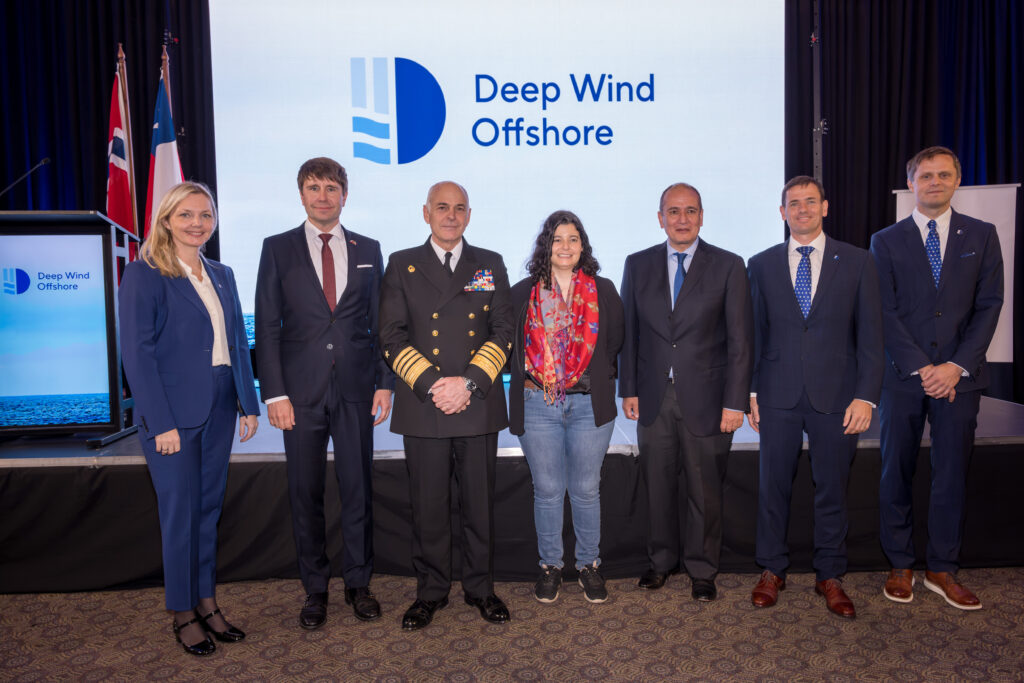Norway’s Deep Wind Offshore has applied for an area lease to develop both floating and fixed-bottom offshore wind projects along Chile’s coastline.

The Chilean government aims for 60% of its electricity to come from renewable sources by 2030, with a 65% increase in annual electricity offtake by 2040 compared to 2021, according to Deep Wind Offshore.
The company is dedicated to contributing on a gigawatt scale with offshore wind projects, intending to manage and operate them locally to create jobs and collaborate with local suppliers and stakeholders.
“After carefully evaluating several markets in Latin America, we chose Chile due to its excellent wind resources, renewable demand, regulatory framework, and favorable investment climate,” said Hans Petter Øvrevik, CCO of Deep Wind Offshore.
“Co-existence is crucial for success, and we will work with local communities and users of the sea,” he added.
Deep Wind Offshore’s website states that the Golfo De Arauco Sustentable fixed-bottom offshore wind farm could have a 900 MW capacity, while the BioBio Sustentable floating wind project could reach 1,500 MW.
Chile’s Minister of Economy, Development and Tourism, Nicolás Grau, noted that projects like Deep Wind Offshore’s in the Biobío Region offer opportunities to utilize local industrial capabilities and produce clean, cost-effective energy.
In August, UK-based 17 Energy and Chilean SC Power formed a consortium to develop a 960 MW floating offshore wind farm off Biobío’s coast, expected to start in 2032 pending permits.
Original Story at www.offshorewind.biz
